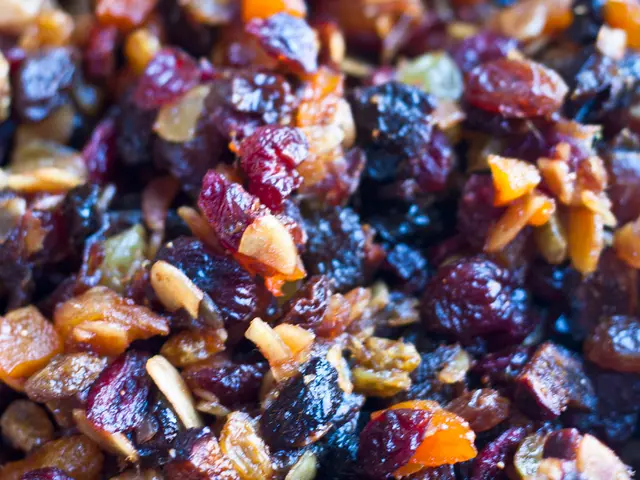Americans Are Obsessed With Fiber—But Are They Getting It Right?
Fiber is gaining traction in the U.S. as more consumers seek out foods with added or high fiber content. This year, the number of products marketed for their fiber benefits has surged. The shift mirrors growing awareness of fiber’s role in digestion, heart health, and disease prevention.
Yet while demand rises, no standout new fiber-rich products have been recently highlighted. Instead, major fiber producers like Lenzing AG, US Fibers, and Polyfibre Industries continue to concentrate on sustainable textile fibers, such as lyocell, rather than food-based innovations.
Most adults in Western countries still fall short of the recommended daily fiber intake. Health guidelines suggest 14 grams per 1,000 calories consumed—around 25 grams for women and 38 grams for men. Despite this, fiber often lacks the appeal of trendier nutrients like protein.
Research indicates fiber aids in lowering cholesterol, regulating blood sugar, and reducing risks of heart disease, diabetes, and colon cancer. It also supports gut bacteria and aids digestion. But long-term studies on fiber’s benefits have focused on whole foods, not processed products with added fiber.
A new trend called fibermaxxing encourages people to meet or exceed daily fiber goals. However, rapidly increasing intake can lead to bloating and gas. Certain groups, such as those with digestive conditions, may need to adjust carefully.
There are two main types of fiber: soluble, which dissolves in water, and insoluble, which aids digestion by adding bulk. Both play distinct roles in maintaining health, though neither has the same marketing allure as protein or superfoods.
The push for more fiber in diets is supported by clear health benefits, from better digestion to disease prevention. Yet experts advise against overloading on processed fiber products too quickly. For now, whole foods remain the most reliable way to meet daily needs—though the market for fiber-fortified options continues to expand.







